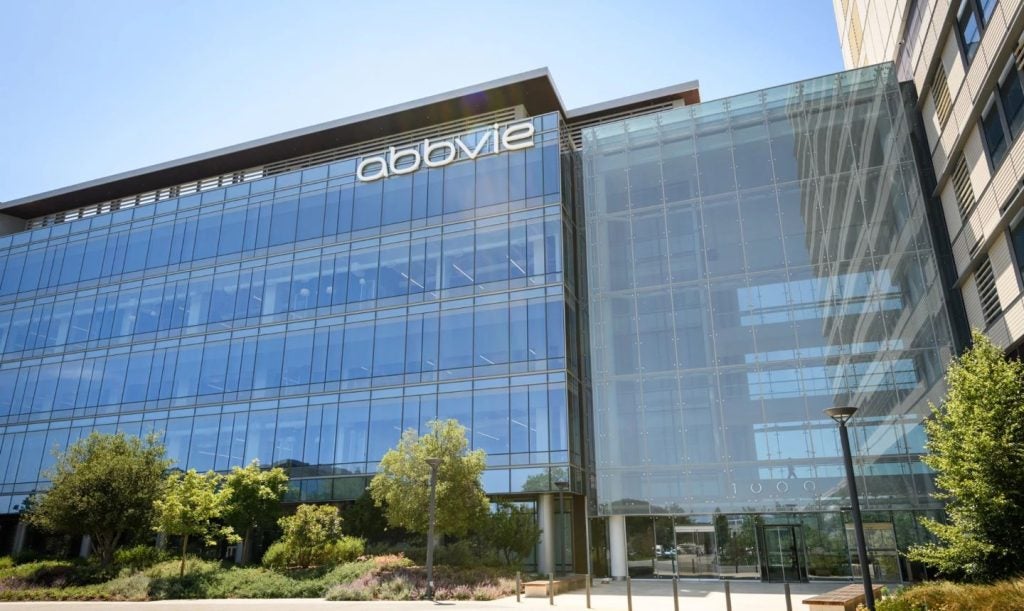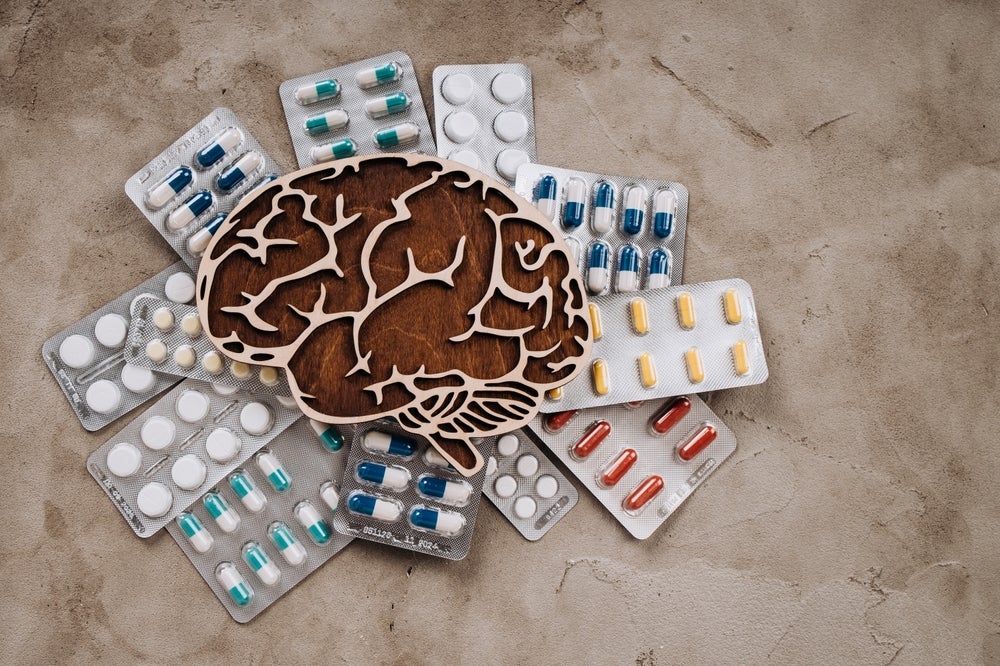
Bayer HealthCare and Regeneron Pharmaceuticals have released positive two-year results from the phase 3 VISTA-DME trial of VEGF Trap-Eye (aflibercept solution for injection) for the treatment of diabetic macular edema (DME).
In the trial, VEGF Trap-Eye 2mg dosed monthly and every two months (after five initial monthly injections) showed a sustained improvement from baseline in best corrected visual acuity (BCVA) at week 100, compared to laser photocoagulation.
After two years, patients receiving EYLEA 2mg dosed monthly had a mean change from baseline in BCVA of 11.5 letters, while patients receiving EYLEA 2mg dosed every two months had a mean change from baseline in BCVA of 11.1 letters.
Moreover, patients in the laser photocoagulation treatment group had a mean change from baseline in BCVA of 0.9 letters.
Bayer HealthCare executive committee member and head of global development Jörg Möller said: "DME is a leading cause of vision loss in adults under the age of 50.
See Also:
"The two-year data confirms the safety and efficacy of VEGF Trap-Eye in treating DME, and we look forward to hopefully offering this new treatment option for DME patients soon."
How well do you really know your competitors?
Access the most comprehensive Company Profiles on the market, powered by GlobalData. Save hours of research. Gain competitive edge.

Thank you!
Your download email will arrive shortly
Not ready to buy yet? Download a free sample
We are confident about the unique quality of our Company Profiles. However, we want you to make the most beneficial decision for your business, so we offer a free sample that you can download by submitting the below form
By GlobalDataVEGF Trap-Eye has been approved under the brand name EYLEA in Europe, the US, Japan, Australia, and in many other countries for the treatment of patients with neovascular age-related macular degeneration (wet AMD).
In addition, regulatory submissions have also been made in the US, the EU, and other countries, for EYLEA for the treatment of DME, and in Japan for the treatment of choroidal neovascularization secondary to pathologic myopia (mCNV).
In the trial, EYLEA was well tolerated with a similar overall incidence of adverse events (AEs), ocular serious AEs and non-ocular serious AEs across the EYLEA treatment groups and the laser control group.
The most frequent ocular AEs observed in the VISTA-DME trial included conjunctival hemorrhage, eye pain and vitreous floaters, while the most frequent non-ocular AEs included hypertension, anemia and urinary tract infection.
Two-year data from the similarly designed VIVID-DME trial is expected to be released later in 2014 and both the trials will continue as planned up to 148 weeks.
The global phase 3 DME programme comprises three double-masked trials: VIVID-DME, VISTA-DME and VIVID-EAST-DME, and one open-label single-arm safety trial in Japanese patients (VIVID-Japan).
All three studies are ongoing and the primary endpoint of all three studies is the mean change in best-corrected visual acuity from baseline, as measured on the Early Treatment Diabetic Retinopathy Scale (ETDRS) eye chart, a standard chart used in research to measure visual acuity.
The three double-masked studies include three treatment arms, where patients are randomised to receive either VEGF Trap-Eye 2mg monthly, VEGF Trap-Eye 2 mgevery two months (after five initial monthly injections) or the comparator treatment of laser photocoagulation.
Image: Diabetic macular edema. Photo: courtesy of GeeJo.






